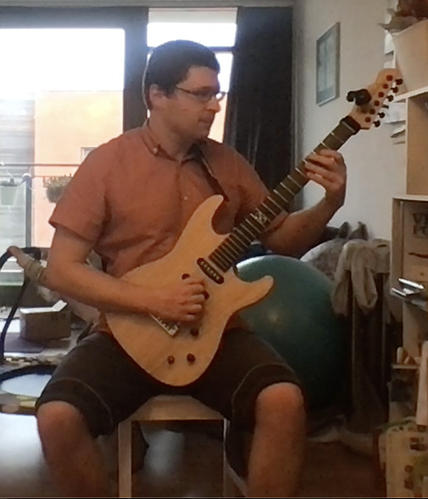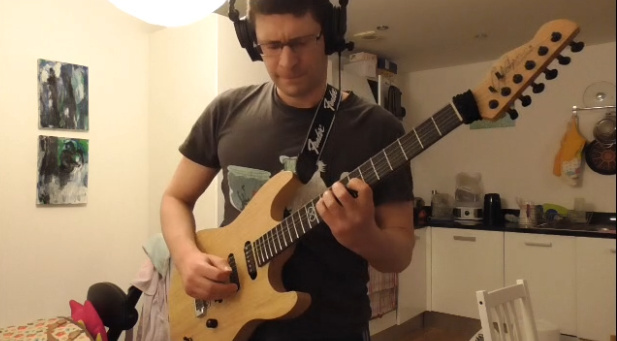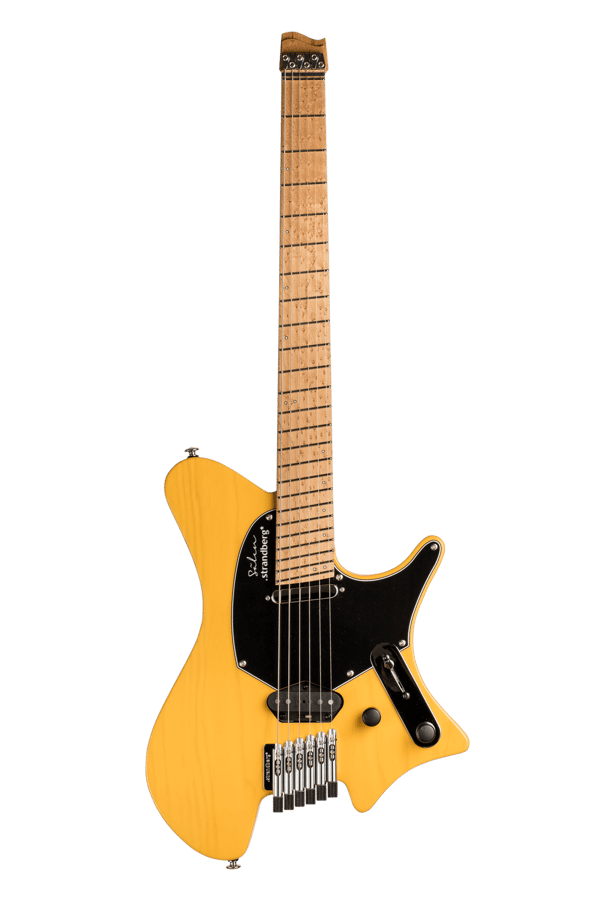I would like to bring this to the attention of the mods as clearly being hate speech
HAHAHAHAHAHAHAHAHA just kidding 
This. I always play electrical in the classical position and I always use a strap. My body alignment is always dead center. I think if you were to not use a strap and attempt a classical position with an electric guitar, the results would not be good. The body of the electric is not big enough to get it into a true classical position. To compensate you’d need lift your left leg very high, or lean over more to reach the instrument. Either of which would ultimately become uncomfortable.
All those years ago when I was a young man of 17 and was taking classical lessons from Julian Gray (who would go on to become the department chair at Peabody Conservatory) he taught me to sit comfortably with good posture and bring the instrument to you, never position yourself to the guitar. I know there are many areas where electric and classical have about as much in common as ham and hamburgers, but I genuinely think this is good advice, regardless of which posture suits you, your instrument and your genre.
That said, I really want a performaxe now lol! I actually use a similar (MUCH CHEAPER) device when I play true classical…it would never work on the electric though.
I’d say if anyone plays “true” classical and is still using a footstool…save your lower back and try one out. The classical purists may glare at you but screw them.
I would also like to bring that last sentence to the attention of the mods as hate speech




 Your right arm looks good…
Your right arm looks good…

 ] is to alternate between standing and the performaxe position.
] is to alternate between standing and the performaxe position.

